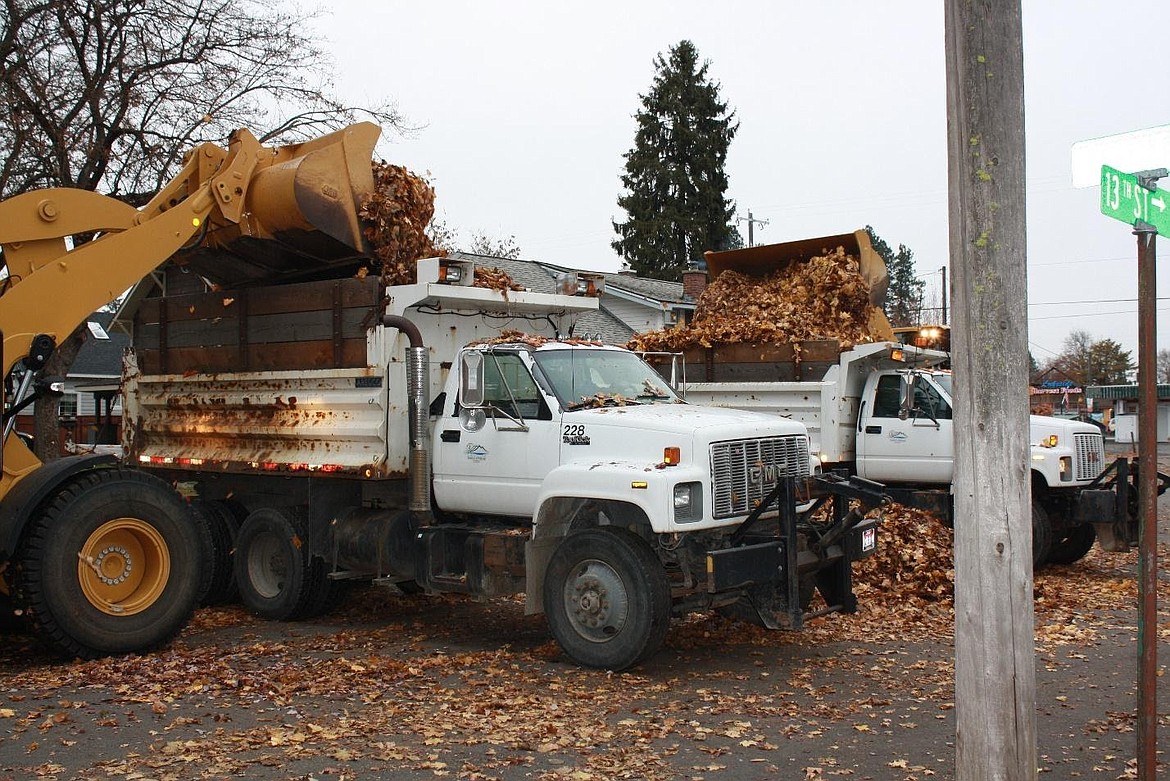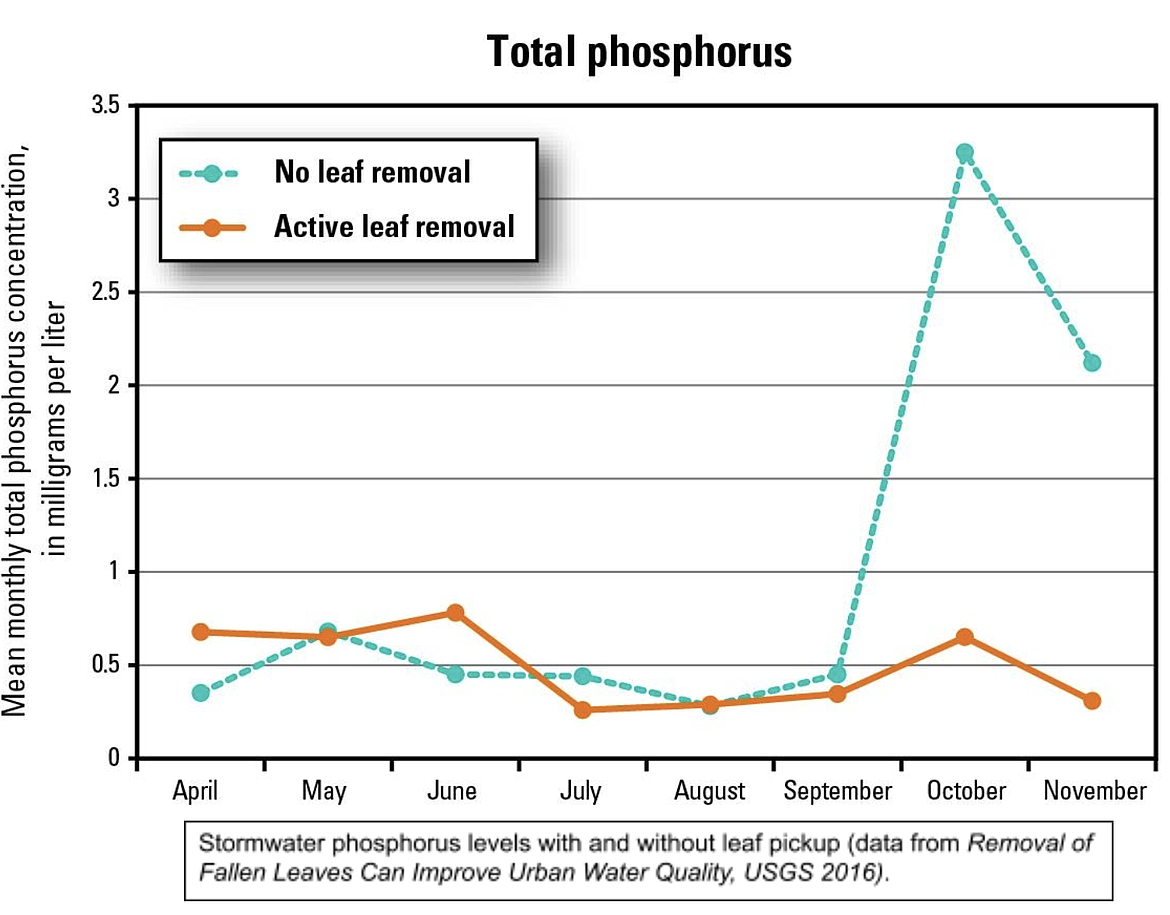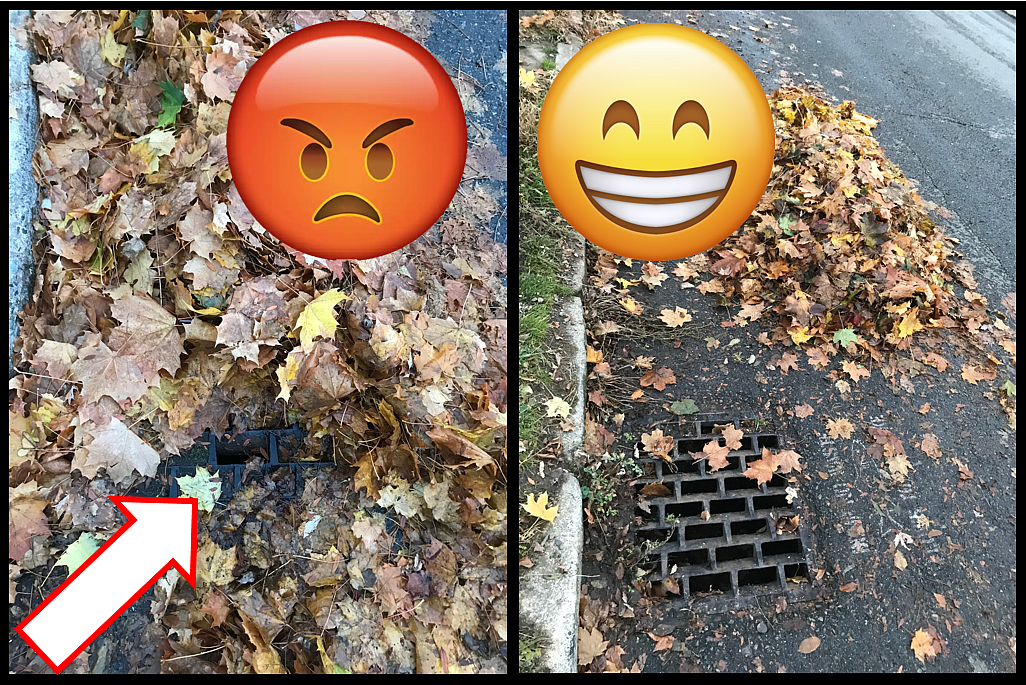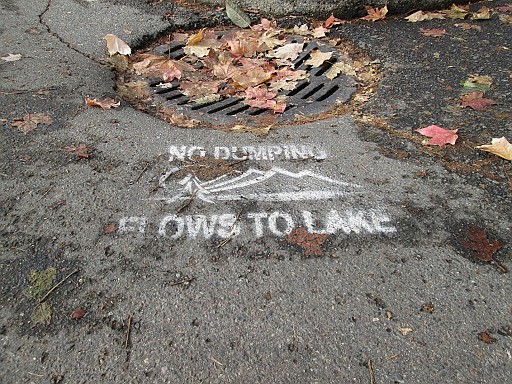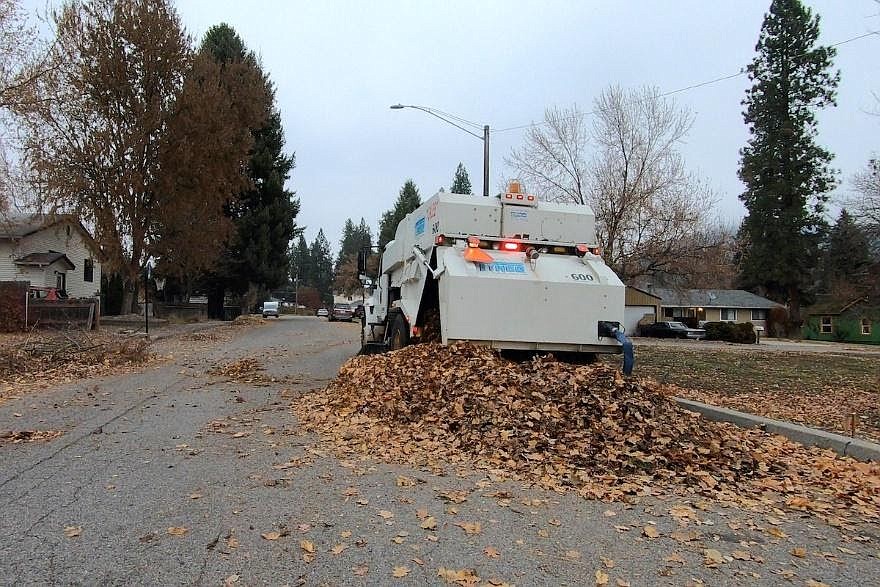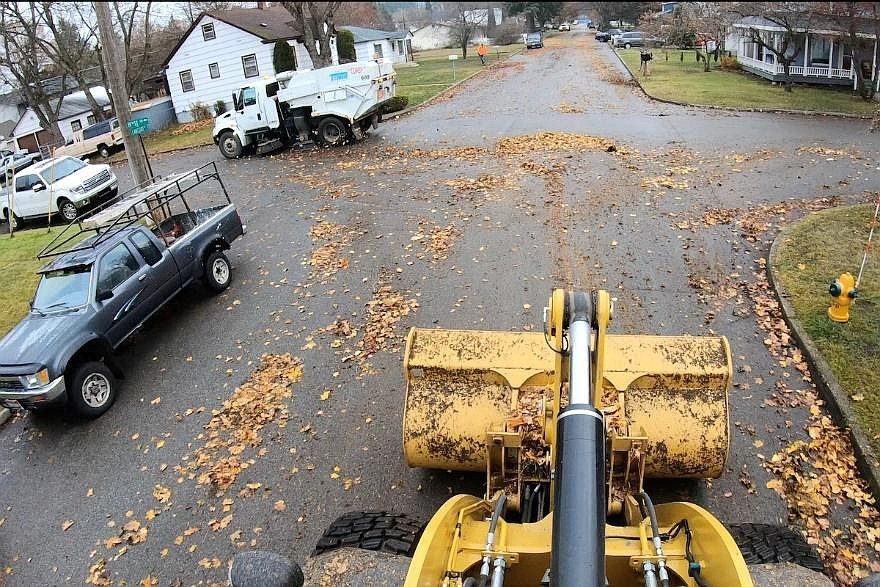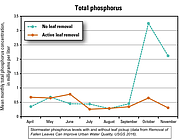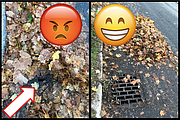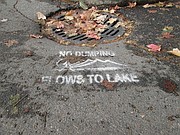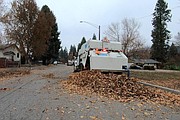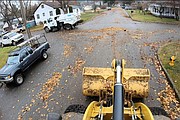When Leaves Fall, So Can Lake Oxygen Levels
Coeur d'Alene Press | UPDATED 5 years, 1 month AGO
While autumn is an especially spectacular season in North Idaho, the colorful leaves decorating our trees can threaten our lakes and rivers once they fall to the ground. Organic debris, like leaves, contain high levels of nutrients such as phosphorus and nitrogen, which can impair water quality.
Phosphorus and nitrogen are essential nutrients, meaning all living things need them to grow. Leaves and pine needles contain phosphorus and nitrogen and when they are shed in cool fall weather, they decompose, releasing bound nutrients. When it rains, fallen leaves may be washed into lakes and rivers through the storm drain system. Excess nutrient loads into aquatic ecosystems cause increased algae and aquatic plant growth. Microbial degradation of this excess organic material leads to very low levels of dissolved oxygen in the water, which is hazardous to aquatic organisms. In Coeur d’Alene Lake, depletion of dissolved oxygen can also promote geochemical reactions that release mining-related hazardous metals from lakebed sediments (see Heavy Metals in Our Watershed at uidaho.edu/ourgem).
Nutrient inputs to waterbodies are of concern throughout the year, but especially in autumn when leaves are falling and washing into our lakes and rivers. A 2016 United States Geological Survey (USGS) study in Madison, WI, found that stormwater nutrient levels peaked during fall months when large amounts of organic detritus littered streets. This nutrient load spike can be managed, however. The study found that leaves contributed 56 percent of annual total phosphorus load in urban stormwater compared to 16 percent when streets were cleared of leaves prior to rain events. “Our study found that leaf removal is one of the few treatment options available to environmental managers for reducing the amount of dissolved nutrients in stormwater,” said William Selbig, USGS scientist and author of the report.
The City of Coeur d’Alene implements this management strategy with the annual Leaf-Fest. Residents are encouraged to rake their leaves and pine needles into the street for the City to remove. City trucks pick up about 700 loads of leaves per year, equating to about 2,000 tons of leaves that would otherwise wash through the stormwater system into Coeur d’Alene Lake and Spokane River, or would be bagged and sent to the landfill. The leaves are taken to the Coeur d’Alene Airport, where they are tilled into the ground to yield a nutrient-rich soil for use in future City projects.
Join Leaf-Fest 2020!
Leaf-Fest will run from Nov. 12 – Dec. 4, starting south of Sherman and moving north. Crews will push leaves into large piles to pick up and then come by with street sweepers to clean up any remaining leaves. You can track progress at maps.cdaid.org/leaf.
Here are some tips for Coeur d’Alene residents to participate:
• Move vehicles, trailers, basketball hoops, etc. off the street
• Keep leaves one foot from the curb to allow for stormwater flow
• Keep leaves away from storm drains
• Do not mix branches, debris, or other trash in with the leaves
• There is only enough time for one pass through each neighborhood so rake your leaves into the street now!
The Our Gem Coeur d’Alene Lake Collaborative is a team of committed and passionate professionals working to preserve lake health and protect water quality by promoting community awareness of local water resources through education, outreach and stewardship. Our Gem includes local experts from the University of Idaho Community Water Resource Center, Coeur d’Alene Tribe Lake Management Department, Idaho Department of Environmental Quality, Kootenai Environmental Alliance, Coeur d’Alene Regional Chamber and CDA 2030.

